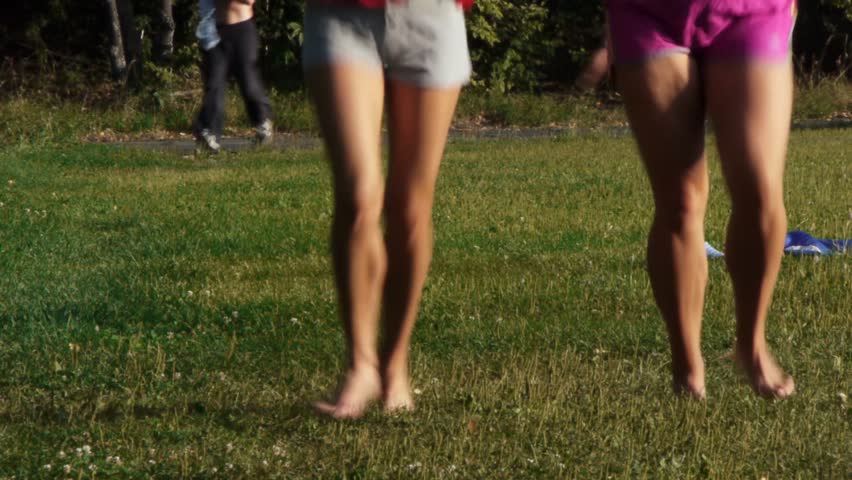
Barefoot Running: Craze or Crazy?
Barefoot running seems to be the new mania, but just how good is it for your body and is it for everyone? For those who have not heard of the concept, it is just how it sounds — simply running with no shoes on or with thin-soled flexible shoes that mock natural foot mechanics. Barefoot running is different from wearing shoes in the sense that with no shoes on we tend to land on the balls of our feet, whereas with shoes, we tend to land on our heels. Landing on our heels can arguably lead to more repetitive stress injuries. There are many factors that you need to consider before taking up the new fad and leaving your shoes at the front door next time you head out for a run.
Foot Mechanics: Our foot and lower leg is designed to absorb the shock or impact generated while landing, and is efficient (for most with proper feet) to distribute the shock so as that it does not lead to damage or wear and tear of the foot or lower leg. Running shoes change the mechanics of how we land on the foot, loading more weight on our heels, impeding our ability to absorb the shock. The shock of impact then vibrates up and settles in the knees and hips, which puts unnecessary stress on these structures. When running barefoot, we land on the balls of our feet which allows the foot to absorb the shock more efficiently. This may potentially lead to lower incidences of foot or lower leg injuries resulting from running.
Flat Feet/High Arches: Some people are required to wear orthotics due to improper foot mechanics. They may need the assistance of the extra support, but it is an ongoing debate as to whether wearing running shoes was the cause.
Running with bare feet can help to overall strengthen the small muscles that help to support the arches in our feet, which gives the potential long term benefit of helping to keep our feet strong as we age. Others argue that inserts or orthotics are better for those who have improper mechanics. These help assist the weak muscles in the foot to either help hold up the arch so that they are not otherwise stressed. But supporting the foot and actually building muscle endurance are two different concepts and in the long run, strengthening the muscles benefits the individual more.
Pros of Barefoot Running: As previously mentioned, running with no shoes may help strengthen the muscles in the foot, compared to having them assisted as wearing orthotics would do. This may ultimately lead to better balance and proprioception. It will give you a more natural gait by not putting so much pressure on a heel strike that leads to common foot and lower leg injuries that we see today.
Cons of Barefoot Running: There is always the potential that you may step on something sharp or uncomfortable. This can be prevented by wearing a thin soled shoe, such as the Nike Vibram Five-Fingers that contour specifically to your natural foot. Those who aren’t used to running barefoot may also run like they would with shoes on, putting additional stress on the heel which is what barefoot running is supposed to minimize.
Deciding if barefoot running is indeed better for you is hard, seeing as that it is not as common, which skews results from studies to do with injury and proper mechanics. More research is needed to finalize conclusions made from these studies either proving or disproving that barefoot running is better for you.
Is it a craze or is it crazy? Let us know what you think by leaving your thoughts below.
Harvard University (2010, February 1). Barefoot running: How humans ran comfortably and safely before the invention of shoes. http://www.sciencedaily.com/releases/2010/01/100127134241.htm.
Siri Agrell, The Globe and Mail (2010, January 28). Barefoot running good for the sole, study finds.Read article.






